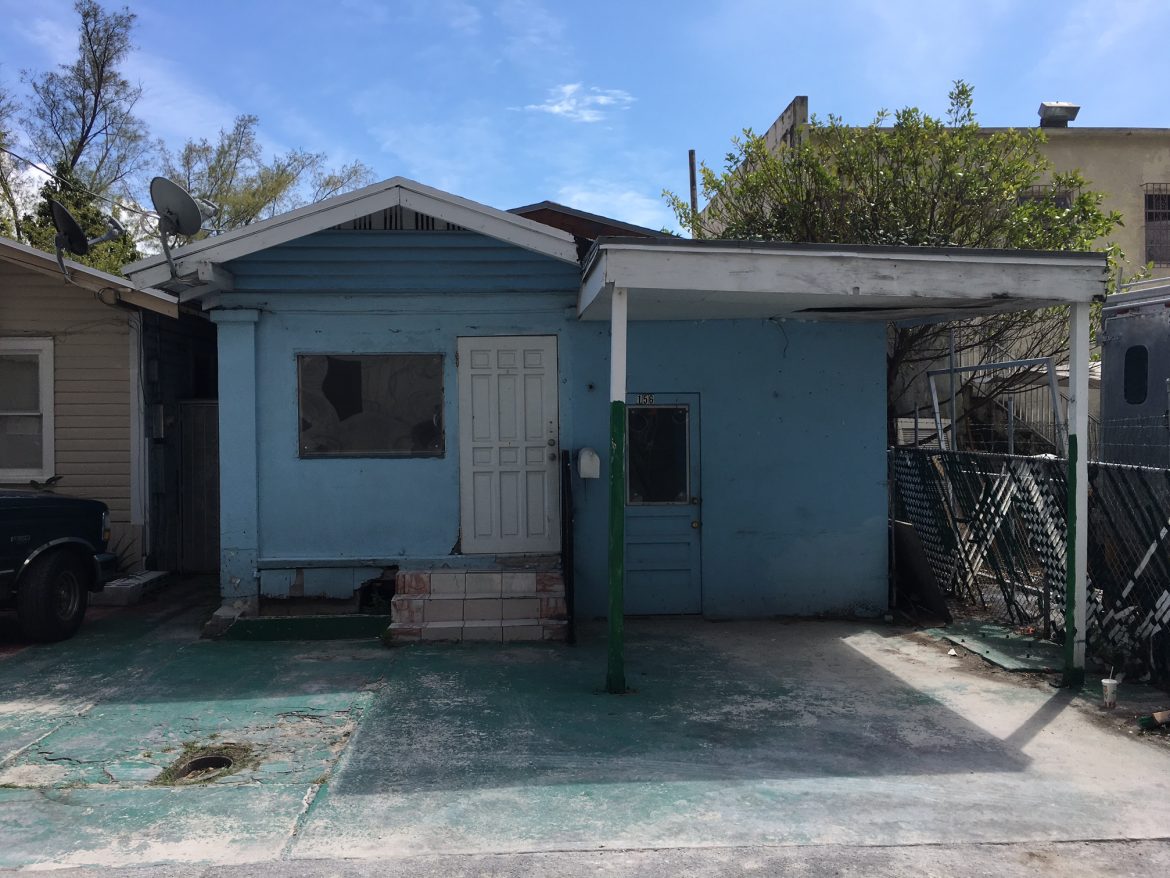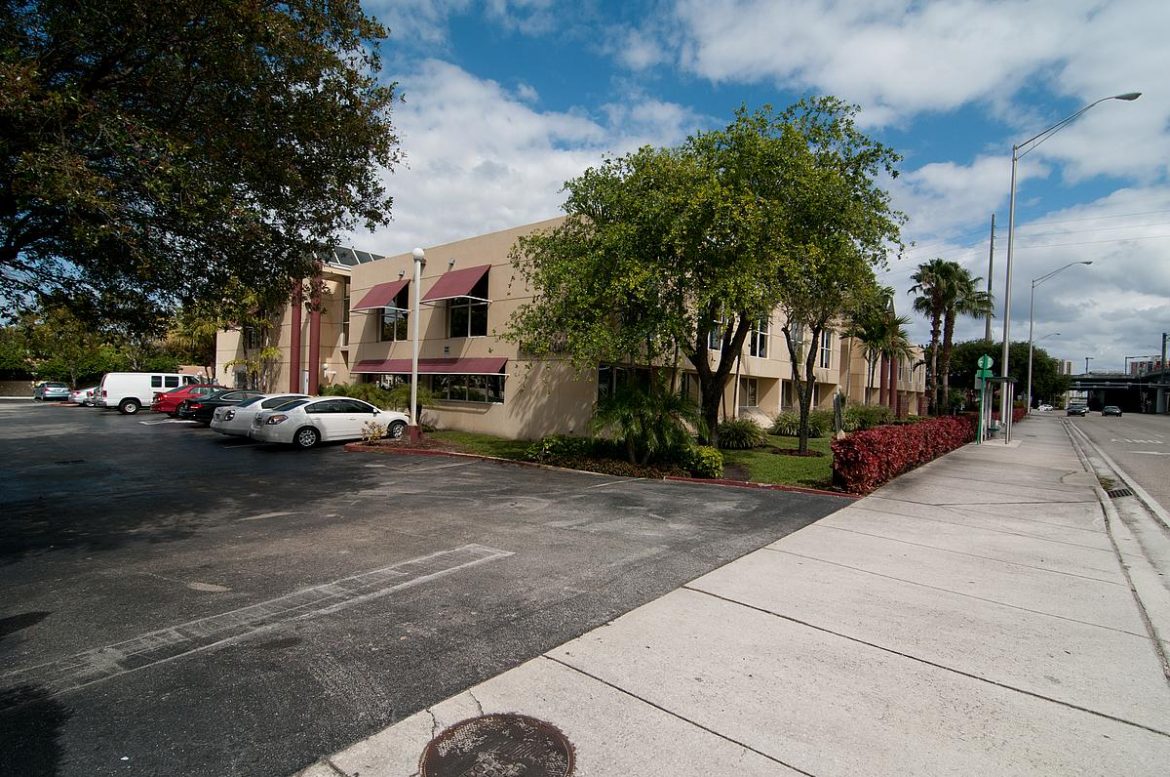
The CRE Finance Council (CREFC), the industry association that exclusively represents the $4.4 trillion commercial and multifamily real estate finance industry, completed its Annual January Conference last Wednesday in Miami. Over the course of the four-day conference, industry leaders and member organizations participated in thought provoking panels, roundtables, forum discussions and networking events at the Loews Miami Beach.
“We pride ourselves on a long history of substantive panels and forums that provide our conference attendees not just a glimpse into the issues at hand, but a deep dive into critical developments affecting the future of our industry,” noted Lisa Pendergast, CREFC Executive Director. “To the good, we are entering a new decade with strong market fundamentals and an economy fueled by both robust labor markets and historically low interest rates. We are watching as several issues come to the forefront this year including the systemically important transition from the longstanding LIBOR floating-rate benchmark to SOFR, housing affordability, fintech, climate change and the potential impact the results of the 2020 elections will have on commercial and multifamily assets.”
Key themes, many of which will take center stage during the 2020 election and beyond, dominated the discussions among industry leaders at CREFC’s January Conference:
Policy and Government Relations
Legislative and regulatory decisions made by policymakers in Washington, D.C. continue to have a significant impact on our industry. The conference delivered inside-the-Beltway analyses of what occurred in Washington, D.C. in 2019 and what lies ahead in 2020.
CREFC’s Policy and Government Relations Team highlighted several positive developments for the industry in 2019, including the seven-year reauthorization of The Terrorism Risk Insurance Program (TRIA) and the shorter-term extension of the National Flood Insurance Program (with long-term reauthorization still in negotiation). The final High Volatility Commercial Real Estate (HVCRE) rules were also published and substantially conformed to CREFC’s recommendations. The industry is currently implementing the final HVCRE rules. Also notable, the Current Expected Credit Losses (CECL) rules were finalized and became effective for most CREFC members on January 1; importantly, the deadline for some medium and smaller financial institution compliance was extended for one year to January 2023 to allow for further preparation to comply.
In 2020, CREFC members will continue work with policymakers to revise Dodd-Frank rulemakings such as the Volcker rule, finalize capital rules such as the Net Stable Funding Ratio and implement legislative reforms to ‘know your customer’ rules such as beneficial ownership requirements and cannabis banking.
Housing Affordability + Rent Control
CREFC continues to be an important voice for the industry on the issues of GSE multifamily reform and Housing Affordability. Its members have provided federal policymakers such as Treasury and the FHFA with first-hand insights into these issues and cemented CREFC as an integral component in this dialogue. In 2020, CREFC’s membership will focus on a host of housing affordability and multifamily reform issues, including revisions to the Home Mortgage Disclosure Act (HMDA), the Community Reinvestment Act (CRA), GSE capital rules and FHLB eligibility. CREFC will continue to support the development of a vibrant multifamily finance marketplace in both the public and private sectors through its work with regulators, legislators and member stakeholders with the long-term goals of releasing the GSEs from conservatorship and meeting the nation’s housing affordability demands.
LIBOR to SOFR Transition
Expert background and updates of the transition from LIBOR to the Secured Overnight Financing Rate (SOFR) were shared through a dynamic conversation about its industry implications. A number of 2020 developments should ease the way for the development of a robust SOFR term structure, including ISDA’s finalizing its amended definitions to include SOFR as the replacement rate for USD LIBOR in the coming months as well as a change in discounting methodology to include SOFR by the major central counterparty clearinghouses (CCPs). CREFC expects these events to drive increased liquidity in both SOFR futures and debt issuance – both critical components to derive a term structure for SOFR, which does not exist today. In addition, the New York Fed announced plans to publish 30-, 90-, and 180-day compounded averages for SOFR in the first half of 2020. In December, Freddie Mac successfully priced a CMBS transaction with a bond class indexed to SOFR and CREFC anticipates more securitizations to follow. CREFC plays an important role in bringing awareness of these critical events and will work with its members to help facilitate a smooth transition. Note that in 2020 CREFC enters its second year as a full member of the Federal Reserve’s Alternative Reference Rates Committee (ARRC).
Technology + ESG
2020 will be the year to fully embrace CRE technology and focus on ESG issues more than ever before. Many of the conference’s panels and keynote speakers focused on how to capture and organize data to streamline industry functions and improve overall reporting. Panelists and conferees debated the current state of climate change, the status of implementing ESG objectives and the future implications to the CRE finance industry. The overarching theme is that what we do now matters. It was noted that Millennials are driving much of the momentum, and that those who choose not to embrace ESG may see reduced liquidity in the finance and debt markets.
“We are very proud of the robust and energetic participation of our members at Miami 2020 as they are the true lifeblood of our organization,” noted Chuck Lee, Head of CRE Securitization and Warehouse Finance at Credit Suisse Securities and Chair of CREFC’s Executive Committee. “I want to specifically thank the amazing panelists and forum leaders, participants and CREFC staff, as well as our keynote speakers, industry greats Barry S. Sternlicht, Chairman and CEO of Starwood Capital Group, and Thomas Flexner, Vice Chairman of Citigroup Global Markets, as well as David Gergen, Professor at the Harvard Kennedy School and former advisor to several presidents who added tremendous insight into yesterday’s, today’s and tomorrow’s politics and public policy. We are proud of the health of our industry and look forward to a successful 2020.”


